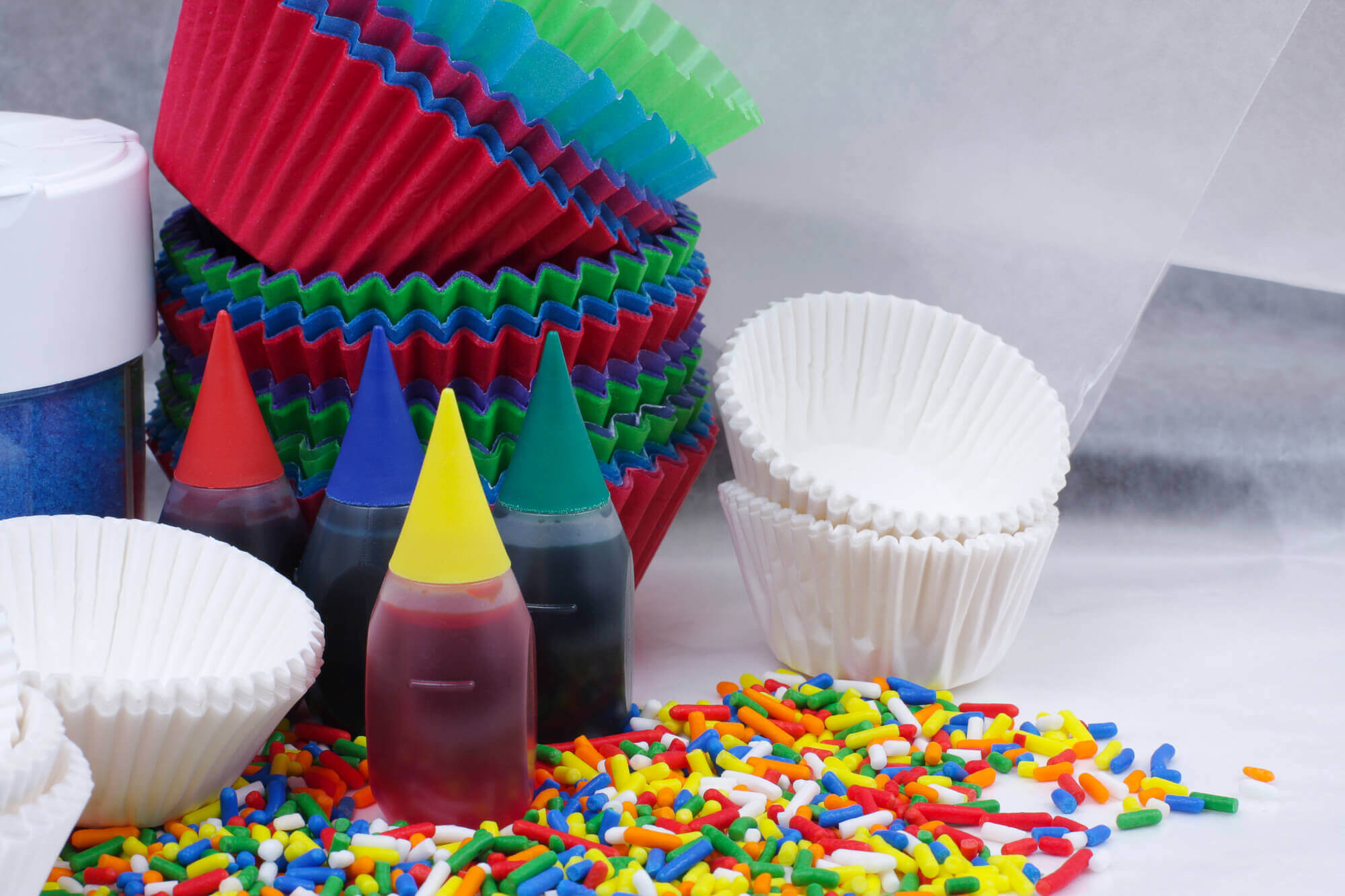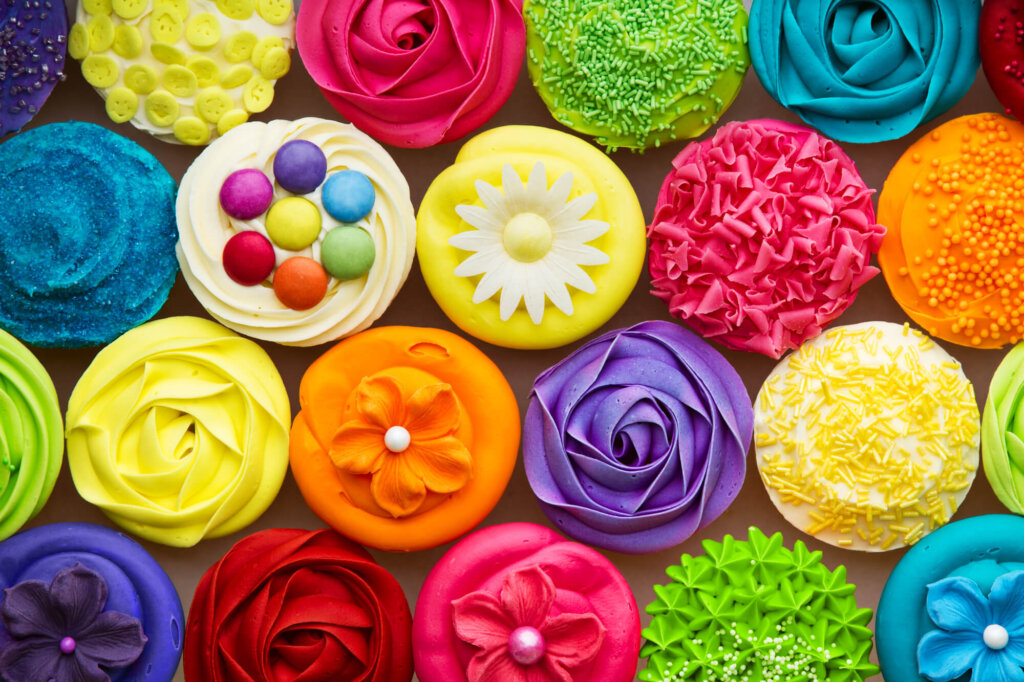
Food color is a substance added to food and drinks to enhance their visual appeal. The ingredient can be derived from natural or synthesized sources. In the food industry, you can find food coloring in candies, beverages, baked goods, and processed foods. It is believed that natural food coloring has long since been used to improve food’s appearance since ancient times.
With the discovery of synthetic food colorings in 1856 by William Henry Perkin, the use of food coloring became more widespread. Today, it is a common ingredient found in many food products. Food coloring is used by companies in processing and packaging foods to enhance their color and to make them more attractive to consumers.

Interesting Facts About Food Coloring
Food Coloring Has Been Used for Centuries
Did you know people have been using food coloring for centuries to add vibrant colors to their food? For instance, ancient Egyptians used saffron to give color to their bread. The ancient Romans colored their food with spices and wine.
It Was Discovered By William Henry Perkin
Sir William Henry Pekin discovered the first synthetic food color in 1856. Interestingly, it was an accidental discovery while he was searching for a treatment for malaria. Perkin worked with coal tar, a dark liquid byproduct of coal gas production. Unfortunately, the experiment failed but left behind a purple-colored oil residue, which later became the first synthetic color called mauveine to be mass-produced.
The FDA Strictly Regulates Food Coloring
In the United States, food coloring is regulated by the Food and Drug Administration (FDA). The FDA approves using food coloring for specific purposes and limits the amount that can be safely used in food.
Food Coloring May Also Be Derived From Natural Sources
Many food colorings are derived from natural sources, such as plants, fruits, and vegetables. For example, beet juice is commonly used as a natural food coloring, as are turmeric, annatto, paprika, and spirulina.
Some Types of Food Coloring Are Made From Insects
Cochineal insects are native to Latin America. They live on cacti. What do these tiny critters have to do with color? Well, you’ll be surprised to know that millions of these tiny insects are harvested yearly to make coloring. It’s added to ice creams, soft drinks, donuts, cupcakes, fruit pies, and yogurts.
Food Coloring Can Be Used to Make Some Unusual Foods
Food coloring can also be added to create unusual foods, like black pasta, blue ketchup, and rainbow bagels.
Food Coloring Can Affect Our Perception of Taste
Can color affect flavor and taste perception? Studies show that they do. It has been found that color can significantly influence a person’s eating experience. People tend to make assumptions about the taste based on the color. They also gravitate toward bright-colored foods.

Let Food Color Boost Your Business
Overall, food color plays an important role in the food industry, allowing manufacturers to create visually appealing products that attract consumers. At Vivify, we offer a wide array of food colors for you. Our job is to help you respond and adapt to the changing market dynamics so you can keep up and create innovative solutions. Contact us for more information.